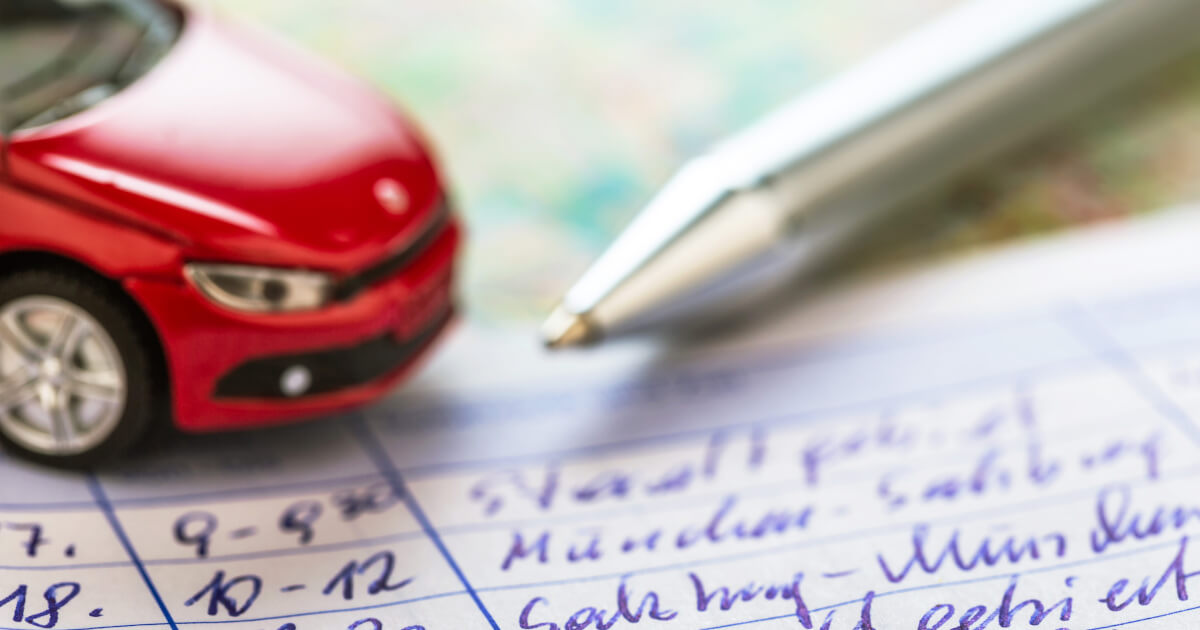Withdrawals – made easy!
A business owner is unable to put themselves on the company payroll – instead, they receive their income by using the company’s assets. This is known as a withdrawal. Even if these are allowed (business owners need income too), you should definitely be careful when making withdrawals. We will explain to you what you need to look for, what types of withdrawal there are and who is allowed to withdraw capital from a company at all.
What is a withdrawal?
A withdrawal, when used in business terminology, is the withdrawal of funds from a company’s assets for private use. This transaction is generally available to partnership shareholders, as well as sole traders. A private withdrawal does not constitute an operating expense and therefore does not reduce the company’s profit in principle.
It is important to understand that although a withdrawal leads to a reduction in operating assets, a withdrawal has no effect on profit in terms of a balance sheet.
A typical way to describe a withdrawal is drawings, which refer to a withdrawal of cash or other assets from the proprietorship/partnership business by the owner/promoter of the business/enterprise for personal use. Any such withdrawals made by owner lead to a reduction in owner’s equity invested in the enterprise. Therefore, it is important to record such withdrawals (made by the owner) over the year on the company’s balance sheet as a reduction in owner’s equity and assets.
The withdrawal must be bound to an action, and traceable. However, a withdrawal activity can also take the form of a clear change in use: If you no longer use a car privately, or remove an item from holding and place it in your private home, then this is a clear change.
The opposite of a withdrawal is a capital contribution. If you want to find out more about how to correctly record both types of transaction, you will find all the necessary information in our article on the subject “correctly recording capital contributions and withdrawals”.
Who is allowed to make a withdrawal?
Withdrawals are only permitted by sole traders and partnerships. In the case of limited companies, shareholder payments are made through regular profit distributions. If a limited liability company shareholder is employed by the company, as managing director say, they will also receive a monthly salary from the company.
Nevertheless, it may happen that an LLC or limited company makes payments to a shareholder, e.g. a premium for private liability insurance. These payments must be made to a clearing account. The company’s profit must not be reduced by this payment. The shareholder’s clearing account must have an interest-bearing average balance at the end of the year. If this does not happen, then there is a hidden distribution of profits, which is classed as tax evasion.
Sole proprietors and partnership partners, on the other hand, are able to make withdrawals from company assets for their own purposes at any time. It is still important, however, that these transfers are made correctly – above all, with the correct value. Additionally, there are limits in the partnerships that should be observed. The LLC Operating Agreement should provide for distributions to the members and these provisions should be reviewed by a solicitor.
Different types of withdrawal
There are different forms of withdrawal: In addition to transferring money from the company account to the business owner’s private account, benefits in kind may also be considered to be withdrawals.
- Cash withdrawal: In the most common type of withdrawal, a business owner transfers money from the company’s assets to their private account.
- Property withdrawal: You are permitted to take assets for your own private use. These can be tools, motor vehicles, office supplies, goods or home-made products. In this context, we are also talking about the withdrawal of goods being free of charge.
- Withdrawal of use: It may happen that you do not completely remove items from the company, but instead only use them temporarily for private purposes. An example of this would be using the company car for private trips.
- Withdrawal of benefits: The company’s services are used for private reasons. If workers undertake work for the business owner’s private household during work hours, this is also considered to be a private withdrawal.
Assets which are firmly linked to the enterprise and which are part of the necessary operating assets may not be withdrawn. Only when there is no longer any operations connection are you permitted to take these objects. The necessary operating assets primarily include real estate where work is carried out, as well as office furniture. Movable assets, like machinery and cars, are considered necessary if they are used for operational purposes at least 50% of the time.
When taking a car into consideration, you can consult your driver’s logbook to check the amount of company journeys taken.
How to tax a withdrawal
As far as tax treatment is concerned, withdrawals are a little complicated. In principle, withdrawals and deposits of money are performance neutral. They therefore have no effect on the profit or loss of the company and have no influence on the amount of tax a company should pay. It may be different however, when items or company services are taken for private use.
The withdrawal of money has no tax consequences for your company – however, it could have tax consequences for you as an individual, as your private assets will be increasing. You must therefore include this money in your income tax return.
If items are taken from a company, hidden reserves may be uncovered which could increase the company’s profit. Whether or not a silent reserve is revealed depends on the carrying amount of the item in question. The carrying amount is the current value by which an item is recorded in the company’s books.
For example: A business owner buys a laptop in January for £3,000. The laptop has an operating life of 3 years. This means that 1/3 of the acquisition cost is depreciated per year. At the end of the year, the laptop has a recorded value of £2,000. At the end of December, the business owner takes the laptop and gives it to his daughter, who begins studying. The daughter does not pay anything for the laptop. The actual laptop value was estimated at £2,400 at the time of removal.
The hidden reserve is calculated by subtracting the book value from the partial value. The partial value is, by law, the value that a person purchasing the entire business would pay for the object in question. The sub-value is therefore always a hypothetical value. For simplicity’s sake, however, it is often equated with market value. The laptop’s silent reserve is therefore £200. The company’s profit increases by £200 due to the laptop’s withdrawal.
If you take goods or services for private purposes, this can also increase the profit to the same amount as the sale of these goods or services to strangers would have.
If you use operational equipment or items for private use, like the company van for moving to a new house, for example, you are making a withdrawal equal to the cost of this use. When using the van, for example, the miles driven are multiplied by the estimated cost per mile of the van in question.
If you take equipment, goods or services from the company, then the withdrawal may affect VAT because you have to subject the withdrawal to VAT. This means that an item you would have sold for £1,190 gross, you will have to pay £380 in VAT to the HMRC should you take the item for private use (VAT rate). The same applies if you use the company’s services for private purposes. If the heating technician you employ repairs your heating system at home, you must book the same amount as a withdrawal that you would have charged a customer, including VAT.
If you use business assets for private purposes, VAT will also be payable for this withdrawal. This neutralises the deducted pre-tax, which has been reimbursed by HMRC in connection with the purchase and maintenance of the goods in question.
Taxing private income properly can be a complex matter. If you are unsure about a withdrawal, ask your tax advisor. Otherwise, there may be problems with HMRC during the next audit.
Please note the legal disclaimer relating to this article



